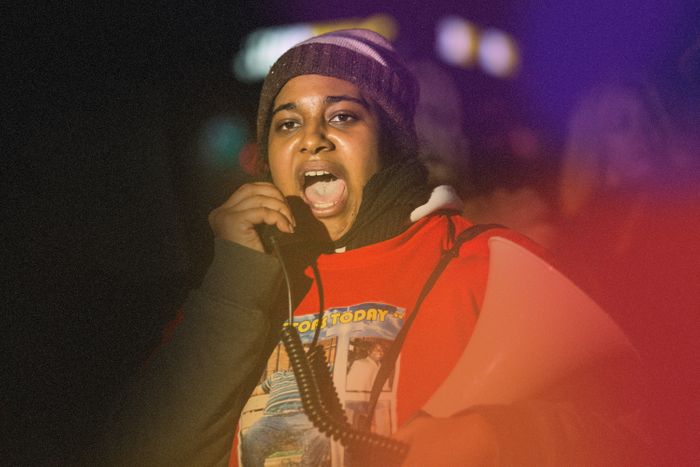
In the spring and summer of 2020, during largely peaceful protests in at least 100 American cities, ordinary citizens were tear-gassed. Law-enforcement officers used this “riot control” measure to the opposite effect; these weaponized chemicals caused panic and chaos amid the crowds. And no wonder: Tear gas itself does violence to a human body. It incapacitates through extreme irritation of mucous membranes, so when the gas is inhaled, the body responds with uncontrolled coughing. Breathing becomes labored. Eyes that encounter tear gas burn intensely, and the victim may experience a brief period of blindness. The skin, if uncovered, isn’t spared. It burns hot too. All that in just the first minutes of exposure. Symptoms like trouble breathing can persist for weeks, even months, after exposure.
These particular assaults on protesters, so many of whom were Black, came at a time when I, a Black physician, was seeing the deleterious health impact of simply being Black in this country. I bore witness to the human suffering and tragic loss of Black life while twin pandemics — the novel coronavirus and racism — intersected and raged. Consider that right now Black Americans have a six-year life-expectancy gap compared with white Americans, the widest since 1998, made worse by the pandemic. Black Americans experience disproportionately higher rates of high blood pressure, heart disease, and diabetes, among other potentially deadly health problems. Understand, too, the “weathering” hypothesis, which explains how racism and oppression, in ways both large and small, slowly chip away at Black Americans’ physical health over the course of our lives.
Existing as a Black person is an act of resistance. So what of the Black activists who literally put their bodies on the line? What does tear gas or the stress of organizing do to a body already weathered by racism?
A 2017 study showed that Black college freshmen who were politically active at predominantly white institutions managed stress and anxiety from racial and ethnic discrimination in addition to their coursework. These effects show up at historically Black colleges and universities, too. Organizer and activist Mary-Pat Hector shared, “When I was admitted to Spelman, I became one of the youngest women to run for office in Georgia and led hunger strikes that gained thousands of free-meal vouchers to combat food insecurity. My friends informed me that their parents advised them not to associate with me for fear that they wouldn’t get a job following graduation. Turns out I couldn’t find a job at a law firm when many of my other friends did. I was labeled a risk by firms. I went into a state of depression, and if I didn’t have my mom, I might have lost my fight.”
We’ve lost so many Black-liberation activists already. In a late-2017 interview, Erica Garner spoke passionately about her commitment to justice and the work of keeping her father’s story alive. She also said, “I’m struggling right now … The system beats you down to where you can’t win.” She passed away weeks later, at just 27, from a heart attack.





























